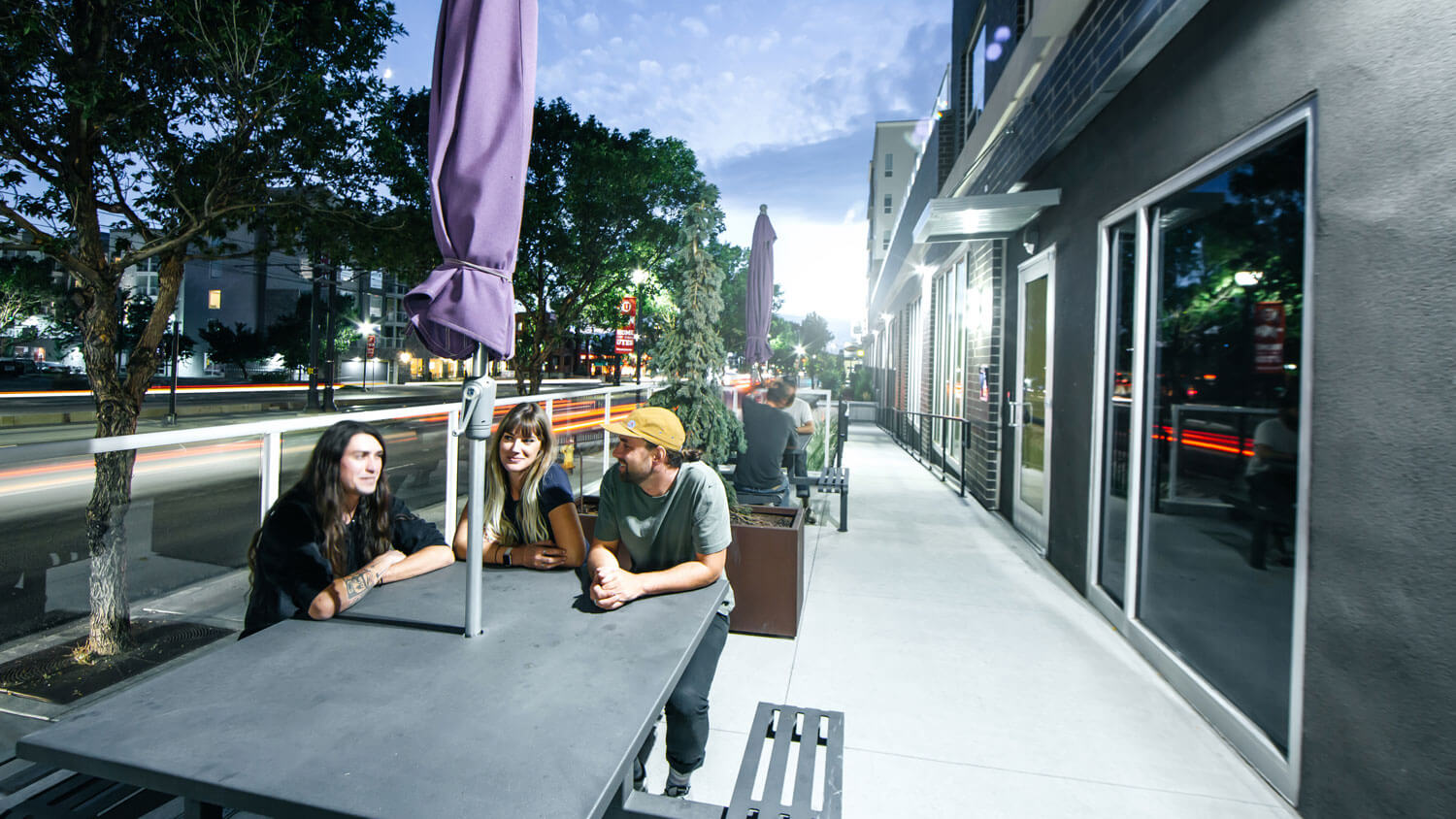Is the demand for city living waning?
While the dynamics are indeed changing, the pandemic didn’t create these trends as many believe. It highlighted them. As cities adapt to current events, one thing is clear: people want more urban-style amenities where they can experience nature, social connection, and convenience close to home. The long-term trends driving the demand for quality outdoor living remain in place for the foreseeable future.
Developers can capitalize on these trends by ensuring their projects incorporate the rooftop and outdoor amenities that will attract residents to their property.
High Demand for City Living
The pandemic and its associated economic turmoil has resulted in droves of residents leaving major coastal cities. A suburban housing boom, along with the ability for more people to work remotely, signal a future where many people may not be attracted to city living as much as before.
But does this amount to the decline of all cities? Far from it. In fact, even the individuals leaving large cities are settling in smaller metros, fueling unprecedented urban growth in those areas. Before the pandemic, population increases in larger cities were already leveling out, while smaller cities were experiencing steady growth. In reality, COVID-19 has simply highlighted the long-term trends that were already in motion.
City dwellers are more likely to move to adjacent suburbs and medium-sized cities than they are to relocate to more distant suburbs or remote rural communities. These transplants arrive expecting the opportunities, amenities, and experiences they’re used to enjoying in larger cities. They may be leaving the “big city,” but they’re still looking for city living.
Rooftop amenities are a hallmark of an urban lifestyle. Nothing captures the essence of city living quite like the experience of viewing the skyline from atop a building. As demand for big city amenities follows urbanites to smaller cities, developers can capture the attention of potential tenants with rooftop amenities.
One-Person Households on the Rise
The number of adults who live alone has doubled in the past 50 years. In some places, they represent the majority of households. As a result, there is a growing need among the population for social connections outside the home. Connecting regularly with other people is important for health and wellness.
Community amenities are key to providing individuals with opportunities to connect with others. Shared outdoor living spaces offer the opportunity to greet neighbors, make friends, or just be around other people. Following the series of pandemic lockdowns, the need for people to be with one another is greater than it ever has been. The growing number of people living solo will continue to drive the demand for quality shared outdoor amenities in every community.
Amenities and the 15-Minute City
The concept of a 15-minute city “aims to improve quality of life by creating cities where everything a resident needs can be reached within 15 minutes by foot, bike or public transit.” People want to live close to community amenities such as restaurants, shopping centers, entertainment, and quality shared outdoor spaces.
Pandemic lockdowns have fostered a greater appreciation for the amenities within a person’s neighborhood while travel and mobility has been limited. Those moving from big cities to smaller ones are also bringing with them higher expectations for urban design.
People are realizing that access to amenities is what makes the greatest difference in their quality of life. Few people outside of major cities have the benefit of easy access to everything they need within the neighborhood where they live. As the 15-minute city ideal continues to gain traction, rooftop amenities and highly amenitized urban streetscapes will continue to be in high demand.
Outdoor Experiences Drive Property Value
Experiences are still valued over products by todays consumers. They are the offerings with the greatest competitive advantage. Younger buyers are more interested in the experiences they are going to have in their community than the specific, concrete amenities.
When the pandemic winds down and the need to be socially distant decreases, people will be looking for the experiences that have long been unavailable. While the overall structure of community amenities may have changed, the purpose of them hasn’t. People want to gather and connect with one another safely, and outdoor amenities provide the best opportunities to do that in an urban environment.
Greening the City
Across the country, efforts are being made to bring more green into cities. Natural capital is not only a key part of addressing climate change in cities, but is also becoming an expectation for city living. People need and want access to nature, especially right outside their door.
The lack of quality outdoor space in cities is driving demand for more and better green spaces, both public and private. Rooftops provide an excellent opportunity to greatly increase the inventory of green space, while providing energy-saving benefits and cooling down the air. Rooftop gardens compensate for the few unfavorable realities of city living by increasing open space and giving people direct access to the sun and sky.
Urbanizing the Suburbs
Changing demographics are leading to the urbanization of the suburbs. Downsizing baby boomers and millennials starting families are both looking for walkable neighborhoods where they can engage in community activities. Outdated suburban shopping centers are being transformed into multi-use town centers, bringing many of the advantages of city living to the suburbs.
While main streets are being seen as more valuable than backyards, open space is still a key part of the attractiveness of suburban life. As suburban areas urbanize, this open space must become more integrated with the town center. Even before the pandemic-driven “urban exodus,” urban-style amenities, especially rooftop amenities, were moving to the suburbs.
Rooftop Amenities Serve a Shifting Urban Landscape
As changes come to cities across the country, rooftop amenities remain a key advantage for developers seeking to capture the attention of prospective tenants. Rooftop amenities and outdoor living experiences offer the prospect of safe social interaction, access to nature, and integration with a convenient urban lifestyle.
